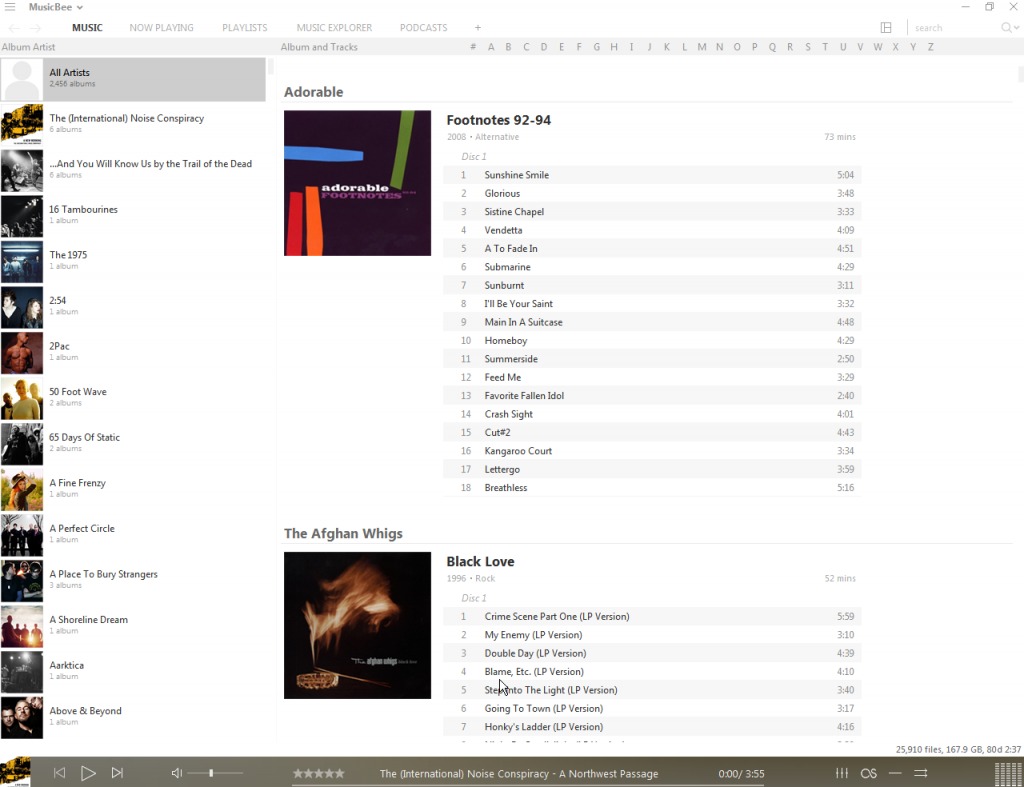Several years ago, I wrote a book on Oracle UPK – an industrial-strength software application used for building and delivering training simulations. This was client-server software, so to make sure I documented it fully I bought myself a cheap server (a Dell Poweredge T110 II) and did a full install at home (including setting up the client software on my two PCs and one of the kids’ PCs just for good measure). It was a bit of an investment (and a complete pain in the ass to install Microsoft Home Server, Oracle DB Express, UPK, and get it all up and running and communicating with everything else) but I figured I’d get good use out of it. Which I did, keeping it up and running for several years, upgrading it and writing another couple of editions of the book for the new versions of UPK. But my job has changed and I now no longer use UPK at work, so I reasoned I could shut down this server, and re-use the hardware.
I’d always had in the back of my mind that eventually I’d repurpose it as a media server, and now felt like the right time to do this. I looked into building a media server from scratch, but that would involve wiping the server and installing some Linux variant and a media platform on top of that, and I already had the server itself up and running. Besides, I have SONOS throughout my home (6 rooms plus 5.1 surround-sound on the TV) so I just needed something to manage my ever-growing music library so I could continue to stream it to my SONOS speakers.
I’ve been using iTunes for years, and although I have grown to hate that, as a minimum-effort approach (and against my better judgment) I thought I’d just install iTunes on the server, and continue to use that. But every time I tried to tell iTunes my music library was on another drive (one of 3 I have in the server, totalling 5 Terabytes…) and not on the C: drive, it would just reset that back to what it wanted every time I restarted iTunes. So every time I ripped a new CD it would want to put it on the C: drive instead of adding it to my server folder where the rest of the music is. And even inbetween restarts, if I told it I wanted to store my music on the E: drive it would store it in E:\Music\, and my SONOS system was expecting it to be in E:\ and wouldn’t find it. So I conceded and told iTunes to store it in E:\Music and told SONOS to look there, but then iTunes just saved it to E:\Music\Music, so SONOS still couldn’t find it!
So I decided to ditch iTunes entirely. I don’t own an iPod any more, or an iPhone, and I moved off my AirPorts and onto SONOS many years ago, so I figured that I’d use the opportunity to exit the whole Apple ecosystem. This unfortunately meant that I would lose all of my ratings, play counts, and playlists, but honestly, that’s a small price to pay for the chance to leave the pain in the ass that iTunes is behind. I also lost the artwork for about a third of my albums, but I’ve come to expect that from iTunes just moving from one release to the next, anyway.
At first, I looked at MediaMonkey. That’s pretty well established, and I’d read some good reviews. But the interface sucks (monkey) balls. They tout their interface as being “extremely customizable” – and it is. But they take the approach of giving you everything by default (which is very cluttered and way too technically detailed) and allowing you to remove the bits you don’t want, whereas anyone who is even vaguely aware of user interface design as a thing will tell you that you should keep your interface as simple as possible by default, and then allow power users to add to this as necessary. But I like to consider myself technically savvy so I persevered. At least until I went to install the companion app on my phone. I like to carry all of my music with me so I can listen to what I want when I want (how often have you found yourself in a queue somewhere and thought: “You know, being able to listen to that obscure Smiths B-side would make this much more bearable”?) so being able to sync to the 400GB SD card on my phone is a must-have. I used to use iSyncr and that worked well, but only with iTunes, so I needed something new. MediaMonkey says their app will sync between the media server and a phone wirelessly, but I couldn’t even get the damn thing to open on my phone (a Samsung Galaxy Note 9), so I had to abandon the idea of MediaMonkey on my phone – which meant that I also had to abandon it on my server.
So I moved to MusicBee instead. This has a very clean (but customizable/skinnable) interface, and says it can support very large libraries, so seemed like a winner. It installed cleanly, quickly found my media folders on the server’s E: drive, and promised to continuously monitor this and add new music to my library – which is handy as I sometimes download auto-rip content from Amazon directly to the music folders, so effectively ‘outside of’ the media manager. (It also does a much better job of finding (and keeping) album artwork than iTunes ever did, which is a nice add.) MusicBee also has an Android app, which works very well, syncing my music library to my phone’s SD card. It also copies play counts and ratings back from PowerAmp, which I use on my phone (ever since PlayerPro started cutting out about 20 seconds into a song), back into MusicBee, which is handy. I like to set things up to not sync songs with a one-star rating, so if I listen to something on my phone and don’t really like it (it happens…) I can just give it a 1* rating in PowerAmp, and MusicBee will automatically remove it from my phone (but keep it in my music library – I have been known to change my mind!) next time it syncs.

So that was all well and good. Until I tried ripping a new CD in MusicBee. At which point MusicBee announced that it couldn’t rip music because I didn’t have a sound card in the PC. Which of course I didn’t. Because it’s a server and I only ever play my music via SONOS, and will never play music via MusicBee (again, I just want something to manage my music collection). This is an absolutely ridiculous limitation that makes no sense whatsoever. There’s nothing on a sound card that MusicBee needs, if you’re not playing music. And iTunes will happily rip CDs on a machine without a sound card (although it will throw up a warning when you first start up iTunes). But I wasn’t prepared to keep iTunes just to rip CDs (bearing in mind it would continue to store ripped files in the wrong place), and I didn’t want to go looking for an alternative to MusicBee having gotten everything else working, so I bit the bullet and bought/installed a cheap Creative SoundBlaster sound card in the server. I haven’t connected any speakers to this, so it isn’t actually being used, but at least MusicBee will let me rip CDs now. And $35 for a sound card isn’t really a huge outlay when all the software I’m using is free.
And with that I’m all up and running! I have my music on the server, streaming to SONOS and syncing to my phone, and I can rip CDs or download music from Amazon and everything is automatically included and updated. And I have (finally!) uninstalled that PoS iTunes from all of my machines. And good riddance to it.
As a final improvement, I bought a cheap touchscreen that I’ve attached to the server so I can always see / change what is playing (on the SONOS), without having to switch my KVM to the server (and off whichever one of the other connected three PCs I happened to be using at the time…) which is certainly a productivity booster in my book!
Is this all too much? Am I overworking things? No. Absolutely not. As (The) Verve put it, “This is music!”.

Leave a Reply